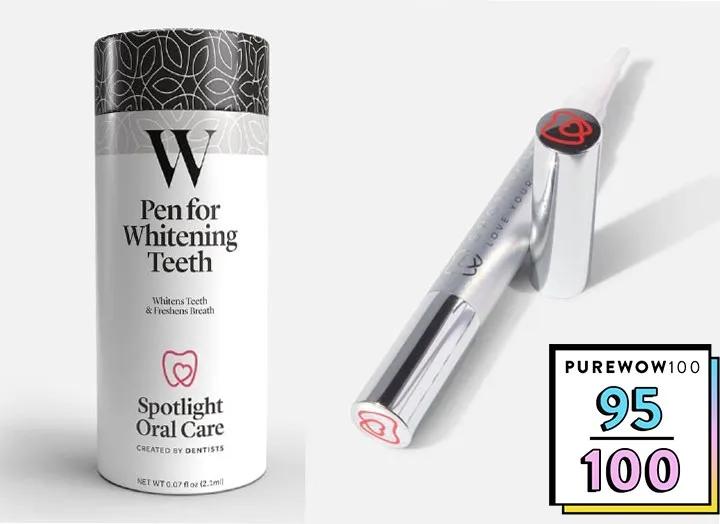What is a Pearl Teeth Whitening Pen?
A Pearl Teeth Whitening Pen is a portable and convenient teeth whitening product designed to be easily used at home or on the go. These pens typically contain a whitening agent, often a form of peroxide, along with other ingredients to help whiten teeth and freshen breath. The compact design allows users to apply the whitening solution directly to their teeth, making it a popular choice for those seeking a quick and accessible way to brighten their smiles. The pen’s appeal lies in its ease of use and the promise of noticeable results without the need for complex dental procedures. However, as with any teeth whitening product, it’s important to understand its effectiveness, potential side effects, and how it compares to other whitening options available.
Ingredients and Their Role
The effectiveness of a Pearl Teeth Whitening Pen largely depends on its ingredients. The active ingredient is usually hydrogen peroxide or carbamide peroxide, which breaks down stains on the teeth. Other ingredients might include water, glycerin (to help with the consistency), flavorings like mint (for a pleasant taste), and stabilizing agents. The concentration of the whitening agent will vary; higher concentrations may offer quicker results but also increase the risk of sensitivity. It’s important to check the ingredient list for any potential allergens or irritants, and to understand what each ingredient does to achieve the desired whitening effect, ensuring both safety and efficacy in the product’s use. Furthermore, some pens include ingredients that are designed to protect against sensitivity, such as potassium nitrate.
Hydrogen Peroxide Explained
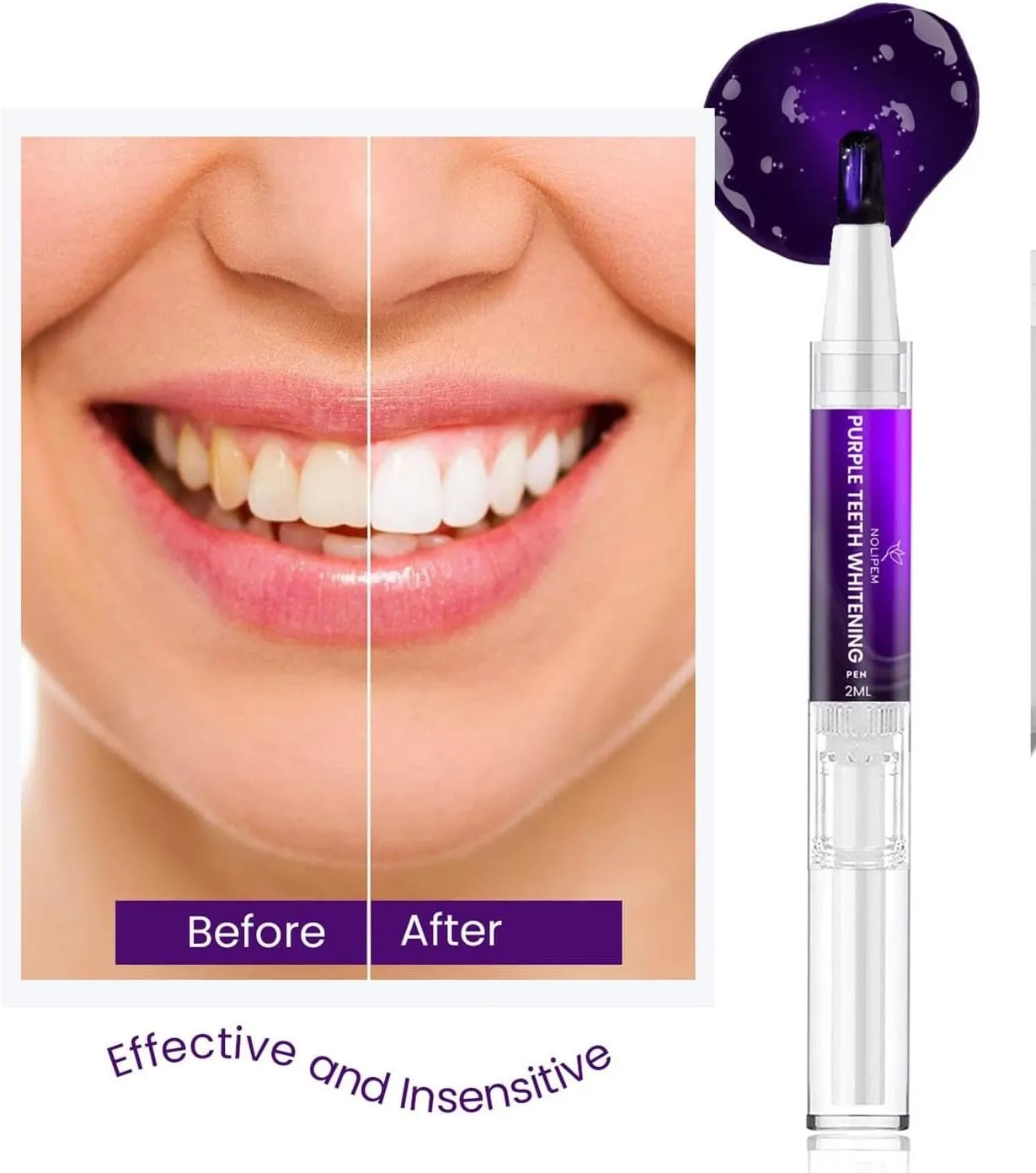
Hydrogen peroxide is the workhorse behind most teeth whitening products, including the Pearl Teeth Whitening Pen. It acts as an oxidizing agent, meaning it breaks down the complex molecules of stains, essentially lightening them. The peroxide penetrates the enamel and dentin of the teeth, where it reacts with the stain molecules, causing them to break apart and thus appear less concentrated. The concentration of hydrogen peroxide in whitening pens is typically lower than that used in professional dental treatments, which makes them safer for at-home use but also means that the results may take longer to appear. The effectiveness also depends on the type and severity of stains, with surface stains responding better than intrinsic stains.
How the Pen Works for Whitening
The Pearl Teeth Whitening Pen works by applying a whitening solution directly to the surface of the teeth. The pen’s design allows for precise application, typically using a brush or applicator tip to dispense the gel. The whitening solution then interacts with the enamel, breaking down the stains caused by food, drinks, and smoking. The process involves the hydrogen peroxide penetrating the tooth surface and oxidizing the stain molecules. The pen offers a controlled method for teeth whitening, allowing users to target specific areas or apply it across the entire visible surface of the teeth. The amount of time the solution needs to remain on the teeth varies between products; following instructions is key to achieving optimal results without causing undue sensitivity.
Applying the Pearl Teeth Whitening Pen
Applying a Pearl Teeth Whitening Pen is usually a simple process that can be done at home. Generally, you start by brushing your teeth to remove surface debris, and then you dry your teeth with a tissue. Twist the base of the pen to dispense the whitening gel onto the brush or applicator. Carefully apply the gel to each tooth, ensuring even coverage, and avoiding the gums to minimize irritation. Once you’ve applied the gel, keep your mouth open, and avoid eating or drinking for the recommended time, typically 10 to 30 minutes, allowing the whitening agent to do its work. After the allotted time, you can rinse your mouth or wipe off any excess gel, as per the product instructions. Consistent use, as per the manufacturer’s guidelines, is usually necessary to see the best results.
Step-by-Step Application Guide
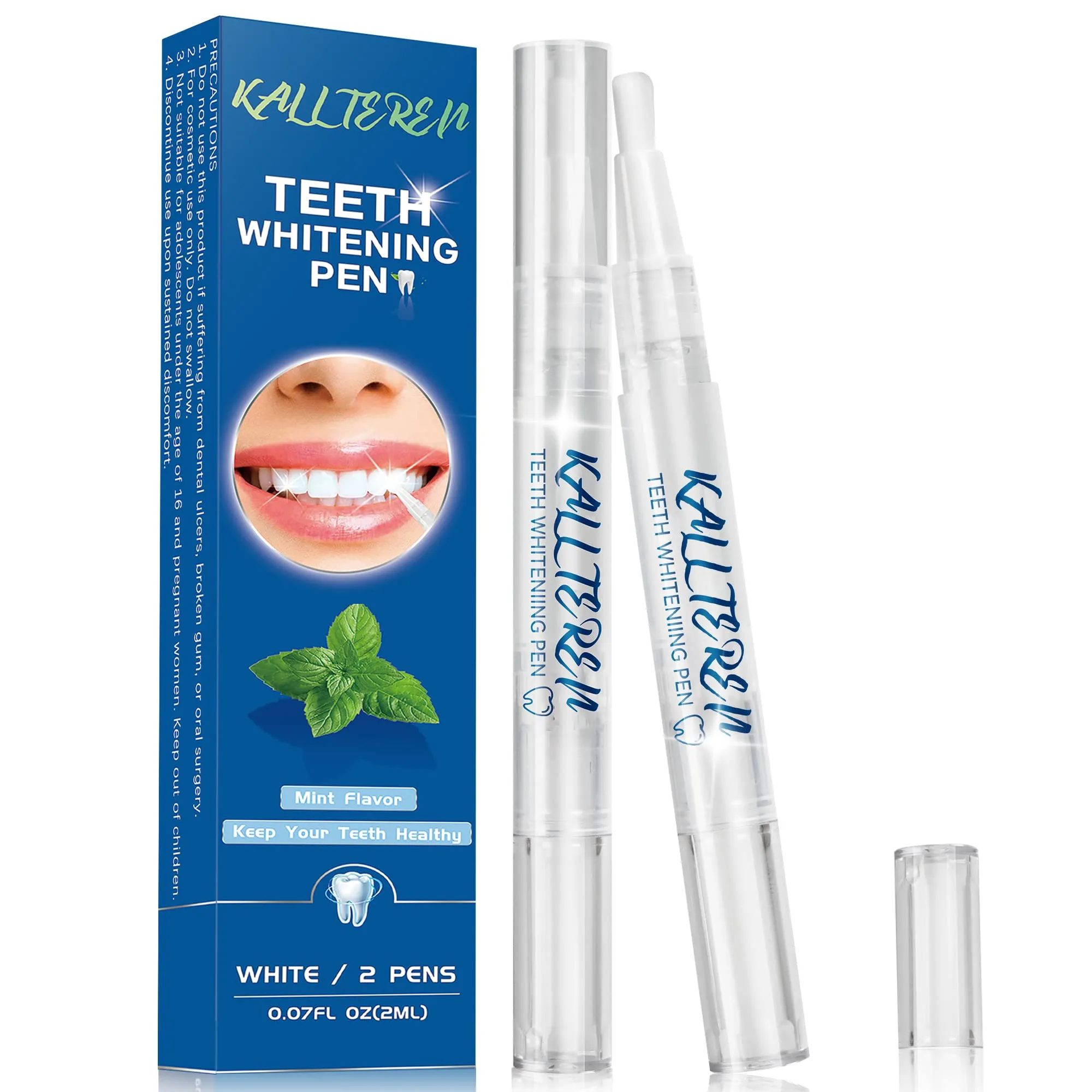
- Brush your teeth: Clean your teeth thoroughly before applying the pen.
- Dry your teeth: Use a tissue to dry your teeth to help the gel adhere better.
- Dispense the gel: Twist the pen’s base until the gel appears on the applicator.
- Apply the gel: Apply a thin layer of gel evenly across each tooth.
- Keep mouth open: Keep your mouth open for the specified time, avoiding contact with lips or gums.
- Rinse or wipe: After the recommended time, rinse your mouth or wipe off the gel according to the instructions.
- Repeat: Follow the instructions for frequency, typically once or twice daily for a set period.
Fact 1 Effectiveness and Whitening Power
The effectiveness of a Pearl Teeth Whitening Pen varies depending on several factors, including the concentration of the active whitening agent (usually hydrogen peroxide), the type of stains, and the individual’s initial tooth shade. While these pens can effectively remove surface stains and lighten teeth to some degree, they are generally less potent than professional whitening treatments. Users can expect to see some improvement in tooth whiteness, particularly on stains caused by coffee, tea, and smoking. However, the results may be subtle, and the degree of whitening achieved can depend on how consistently the product is used and the individual’s adherence to the instructions. Expectations should be set accordingly, as the goal is often a gradual improvement, rather than a dramatic, overnight transformation.
Fact 2 How Long Do the Results Last?
The longevity of results from a Pearl Teeth Whitening Pen can vary significantly from person to person, typically lasting anywhere from a few weeks to a few months. Several factors influence the duration of the whitening effect. The initial tooth shade, the type and severity of stains, the individual’s oral hygiene habits, and dietary choices all play a role. Consuming staining foods and drinks, such as coffee, tea, red wine, and dark-colored berries, can accelerate the return of stains. The consistent use of the whitening pen helps maintain the results, and regular dental check-ups and professional cleanings can also contribute to the overall brightness of the teeth. To extend the whitening effects, it’s important to practice good oral hygiene and avoid habits known to cause staining.
Fact 3 Potential Side Effects
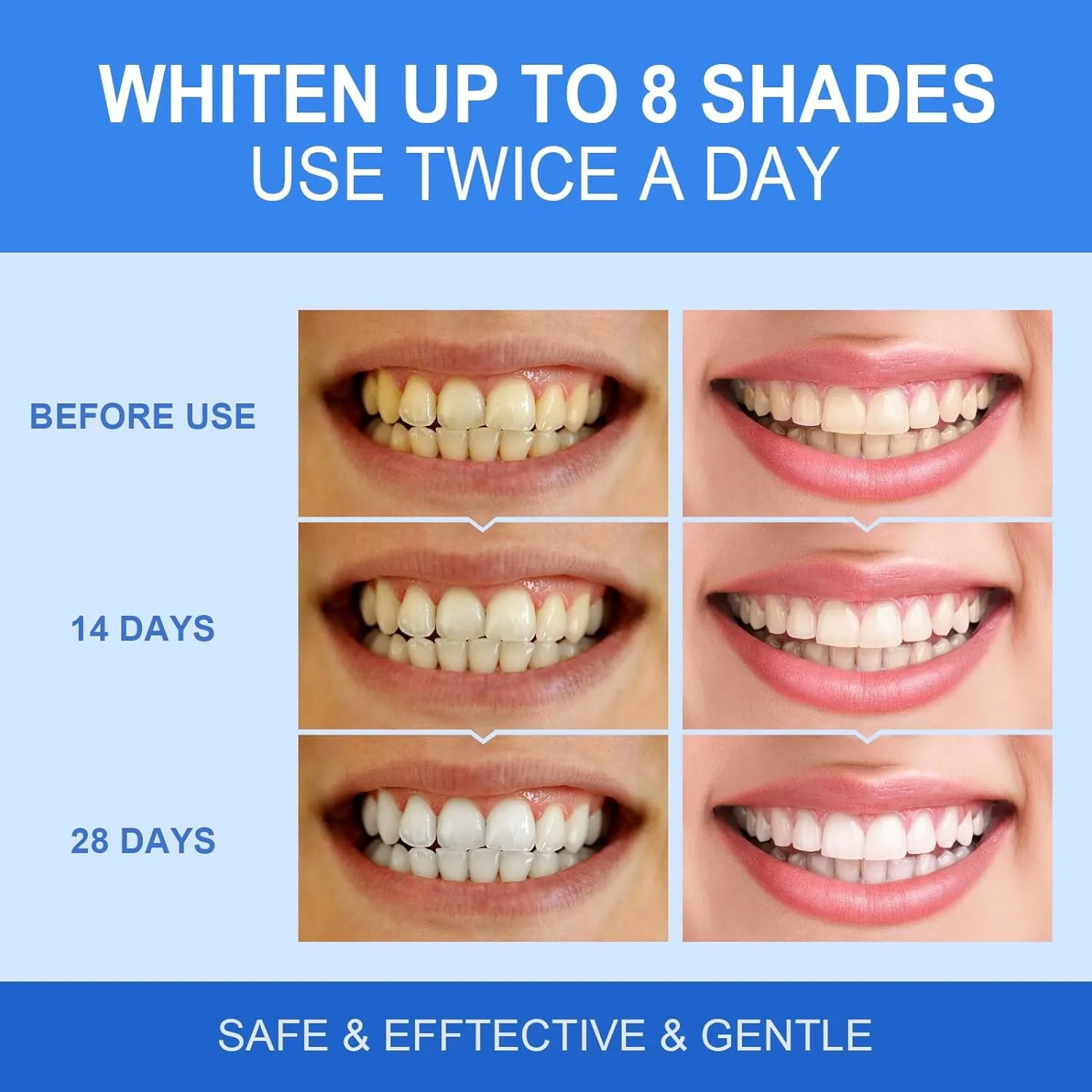
Like other teeth whitening products, Pearl Teeth Whitening Pens can cause side effects, with the most common being tooth sensitivity and gum irritation. The degree of sensitivity varies from person to person and depends on factors such as the concentration of the whitening agent, the frequency of use, and the individual’s dental health. Some users may experience a temporary increase in sensitivity to hot or cold foods and drinks. Gum irritation, which can manifest as redness, swelling, or soreness, can occur if the whitening gel comes into contact with the gums. To minimize these side effects, it is essential to follow the product instructions carefully, avoid overusing the pen, and ensure that the gel does not touch the gums. If side effects persist or worsen, consulting a dentist is recommended.
Sensitivity and Irritation Concerns
Tooth sensitivity is a frequent side effect, often experienced as a sharp, temporary pain when consuming hot or cold items. This is a result of the whitening agent penetrating the enamel and affecting the nerves inside the teeth. Gum irritation can happen when the whitening gel contacts the soft tissues of the gums, leading to redness, swelling, and discomfort. To reduce these concerns, applying the gel only to the teeth and avoiding the gums is crucial. Using a pen with a lower concentration of peroxide and adhering to the recommended application frequency can help minimize sensitivity. If the sensitivity persists or is severe, discontinuing use and consulting a dentist is advisable. In some cases, dentists may suggest using toothpaste designed for sensitive teeth to help alleviate the symptoms.
Fact 4 Advantages and Disadvantages
The Pearl Teeth Whitening Pen offers several advantages. It’s convenient, portable, and easy to use, making it ideal for on-the-go whitening. The pens are typically affordable and accessible, without the need for professional dental visits. The ability to target specific areas of the teeth provides precision. However, there are also several disadvantages. The whitening effects are usually less dramatic and long-lasting than those achieved with professional treatments. There’s a potential risk of tooth sensitivity and gum irritation, and the effectiveness can be limited by the concentration of the whitening agent. The results may not be as visible for those with deep intrinsic stains. Furthermore, overuse or improper use can lead to complications. Overall, the pen is a good option for touch-ups and maintaining the brightness of teeth.
Fact 5 Who is It Best For?
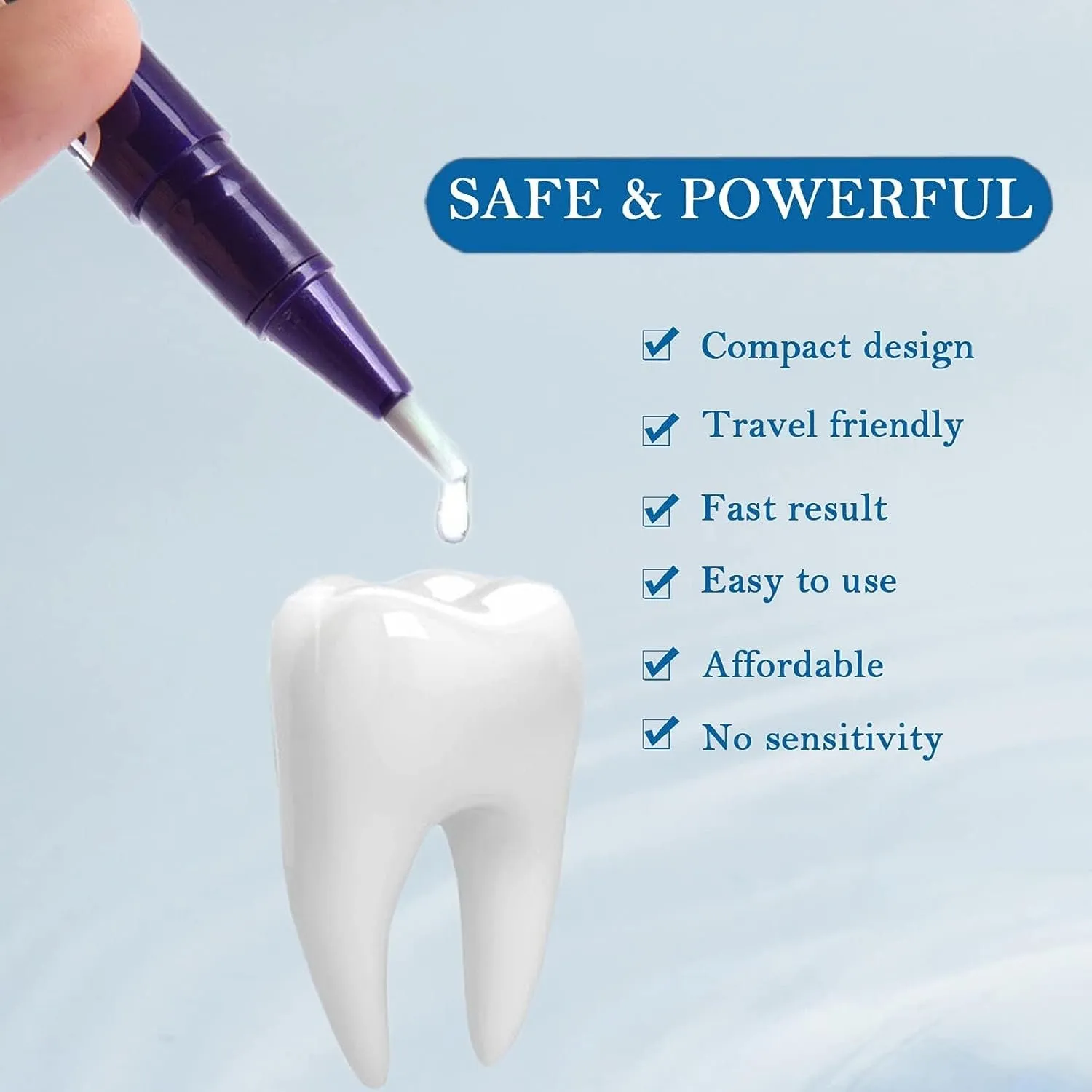
The Pearl Teeth Whitening Pen is best suited for individuals with mild to moderate tooth discoloration, primarily caused by surface stains from coffee, tea, or smoking. It is an ideal choice for those seeking a convenient and affordable way to brighten their smiles at home. People who want a simple touch-up option to maintain their teeth’s whiteness after professional treatments can also benefit. It is also a good option for people who want a convenient whitening method to use on the go or when traveling. This method is not necessarily the best option for people with severe tooth discoloration, sensitive teeth, or existing dental work, like crowns or veneers, as the pen will not whiten these.
Comparing Whitening Methods
Pearl Teeth Whitening Pens stand alongside other whitening methods, each offering different pros and cons. Over-the-counter whitening strips provide a more consistent whitening effect than pens but are less targeted. Whitening toothpastes remove surface stains and offer a less intense whitening effect, which is gentle enough for daily use. Professional teeth whitening, performed by a dentist, yields the most dramatic and longest-lasting results but is also the most expensive and invasive option. The choice of method depends on individual needs, the extent of discoloration, budget, and sensitivity level. A dentist can provide advice on the most appropriate method.
Alternatives to Pearl Teeth Whitening Pen
There are numerous alternatives to a Pearl Teeth Whitening Pen, and the best choice depends on your needs and preferences. Over-the-counter whitening strips offer a more consistent whitening effect. Whitening toothpastes focus on removing surface stains and can be used daily. Whitening mouthwashes provide additional support for whitening. For more significant results, consider custom-fitted whitening trays provided by a dentist, or professional in-office whitening treatments. Natural remedies such as oil pulling with coconut oil and brushing with baking soda are popular but have limited evidence of effectiveness. Always consult with your dentist before beginning any teeth whitening routine.
Professional Whitening Options
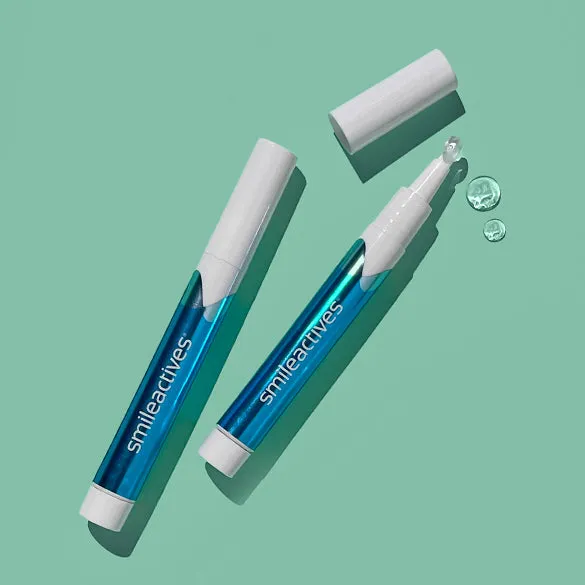
Professional teeth whitening treatments offer the most effective and controlled methods for brightening your smile. Dentists use higher concentrations of hydrogen peroxide or carbamide peroxide, often combined with light or laser activation, for faster and more dramatic results. In-office whitening typically involves a dentist applying the whitening agent and monitoring the process to minimize the risk of side effects. Custom-fitted whitening trays, provided by the dentist, allow for at-home treatments with professional-strength whitening agents. Professional whitening is more expensive but offers the most effective and safe solutions for significant tooth discoloration. Consulting with your dentist is the first step toward understanding the best option for your teeth whitening needs.
